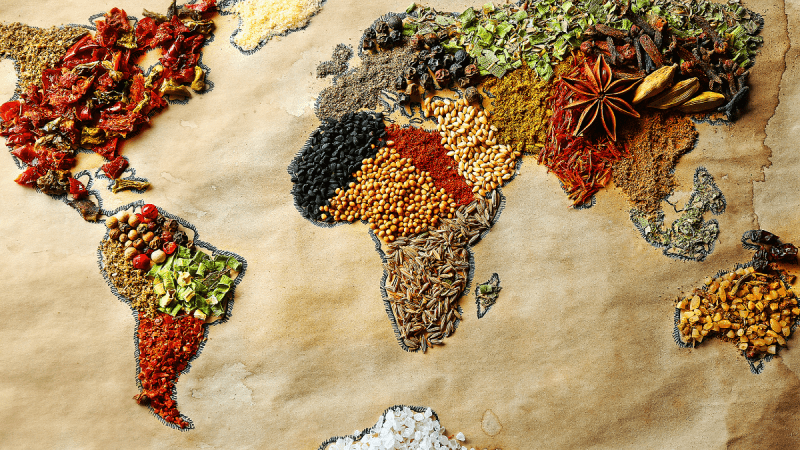The Food and Agriculture Organisation (FAO) of the United Nations has reported a second consecutive month of increase in global food prices. The FAO Food Price Index, a benchmark that tracks the international prices of commonly traded food commodities, rose in April 2023. This upward trend of rising global food prices , following a year of decline, is attributed to price hikes in key categories like meat, vegetable oils, and cereals.
Poultry Demand And Animal Health Concerns
View this post on Instagram
The Index averaged 127.2 points in April, reflecting a 0.6% rise from March. While this is still 19.7% lower compared to April 2022, it signifies a 5.2% increase from April 2021. This signals a potential reversal of the downward trend witnessed in the previous year.
The FAO report highlights specific sectors driving the price increase. The FAO Meat Price Index witnessed a 1.3% jump in April, primarily due to rising quotations for pig meat and poultry. Higher demand from Asian importers, coupled with production limitations caused by animal health concerns, contributed to the increase in poultry prices.
Also Read: 8 Kinds Of Food Items India Exports Globally
Prices Likely Continue Upward Trend
View this post on Instagram
Vegetable oils also saw a significant rise. The specific FAO Vegetable Oil Price Index data wasn’t included in this report. We can look to previous reports to understand the trend. In March, the FAO reported an 8% month-on-month jump in vegetable oil prices, indicating a continuation of this trend.
Cereals, a crucial food group, also saw price fluctuations. While overall cereal prices declined by 2.6% compared to February, the FAO has cautiously nudged up its forecast for world cereal production in 2023/24. This suggests a potential balancing act between production and price stability.
Despite the recent rise, the FAO’s April reading remains lower than year-earlier levels. This provides some solace, but the overall trend warrants close monitoring. Food price volatility can have a significant impact on global food security, particularly for low-income countries and vulnerable populations.
Also Read: 7 Everyday Indian Food Items That Are Surprisingly Banned Abroad
The FAO is likely to continue tracking price movements and may issue further reports with more detailed data on specific food categories. This information will be crucial for policymakers and stakeholders working to ensure food security and affordability around the world.
Cover Image Courtesy: Canva (Representative Image)
For more such snackable content, interesting discoveries and the latest updates on food, travel and experiences in your city, download the Curly Tales App. Download HERE. First Published: May 03, 2024 6:31 PM




